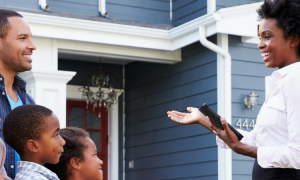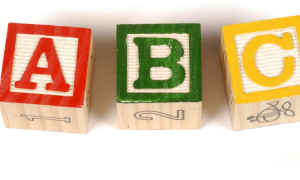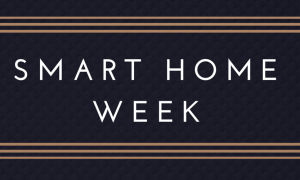Thanks to advances that have made home security solutions cheaper and more ubiquitous, homeowners can retrofit their homes to make them smarter–and at very reasonable cost. And smarter homes are safer homes.
What makes a home smart?
First, though, what do we mean by the term smart home?
“It’s a home that has been outfitted with any number of tech devices that communicate with each other over the internet to make things easier and more enjoyable,” said Lindsey Turrentine, editor of CNET, the media website that tracks the technology and consumer electronics industries.
What’s trended recently in smart home technology is that it has become accessible to ordinary people, according to Turrentine. In the past, smartening up a home usually required hiring experts to install and even manage the systems. The ability of these systems to talk to each other online was limited and different devices often used different tech platforms that didn’t work together. While there are still some compatibility problems, Turrentine said those are being worked out rapidly.
Smart homes are not just about security. That is just one of the three major factors encouraging adoption of the technology.
One of the most important is resource management. Even homeowners who don’t fret about safety may worry about energy consumption. Devices like smart thermostats cut back on both heating and cooling costs by enabling consumers to control house temperatures while they’re out. Why heat or cool rooms to comfortable temperatures when nobody is there? And that doesn’t mean freezing or sweltering when you get home while waiting for the heat or air conditioning to kick in. With smart thermostats, homeowners can change the temperature on the way home. Some even sense when residents are present in a room and adjust the temperature accordingly.
Homeowners can save energy with smart lighting systems that can be set to raise and lower, or turn off completely, as residents enter and leave a room. In the yard, they can save water by having sprinkler systems that incorporate local weather reports with information on soil and plantings to work only when the ground needs moisture. Makers of these devices claim water savings of up to 50%.
Many consumers have embraced power saving not just because their energy bills drop, according to Bruce Snell, cybersecurity and policy director for Intel Security. By reducing the carbon footprint of millions of homeowners, global warming can be slowed.
“A lot of the marketing for connected devices targets eco-friendly themes,” he said.
[new_royalslider id=”3″]
Smart home purchases are trending up
Adopting these technologies can be slow, especially among older homeowners, according to Steve Melman, the director of economic services for the National Association of Home Builders. Survey data compiled by NAHB showed first-time home buyers and other young consumers have a greater preference for tech solutions than their boomer neighbors. But after experiencing the ease and pleasure of using smart devices, most homeowners come around.
“Once you get comfortable with the technology, you wouldn’t want it any other way,” said Melman.
Smart thermostats have been installed in 42% of homes, according to NAHB’s survey. Only 17% of homeowners have wireless security systems and 14% own security cameras. But a majority of survey respondents said they would like to have a smart security system and nearly as many would like to combine that with security cameras.
Snell said that for Smart Home technology to be more widely adopted it has to be easier to use and devices have to be able to talk among themselves seamlessly even if they’re designed for different platforms.
“Consumers shouldn’t have to think about how these devices work together,” he said. “You can have the best security in the world, but if it is difficult to manage, nobody will adopt it.”
In our next post in the series, we’ll explore the latest trends in smart home security.






